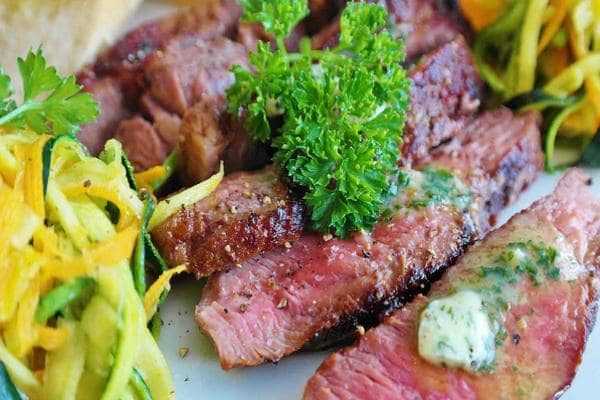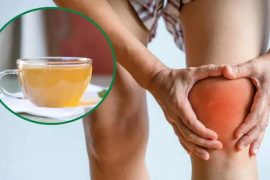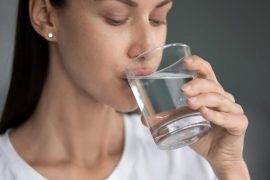A healthy diet not only prevents disease, it also makes our skin and soul breathe. Optimal would be balanced, low-fat mixed diet rich in fiber and complex carbohydrates. In addition, adequate fluid intake should be ensured. It would be ideal to pay attention to the composition of carbohydrates, healthy fats, proteins, minerals and vitamins when eating. Interestingly, the nutrient needs of girls and women change at certain stages of life, and also differs from the needs of men.
Girls need 1.5 grams of protein per day per kilogram of body weight during the growth phase due to increased energy requirements. Here, the combination of plant and animal proteins is ideal. In addition, girls should pay attention to phosphorus, vitamin D and calcium during growth, since a well-functioning calcium metabolism is already used in childhood. Calcium strengthens bones, prevents osteoporosis and is responsible for dental health.
In adolescence, a young woman needs enough iron, since most of the trace element is lost during menstruation. Orange juice helps, for example, better absorb iron in the digestive tract. With a healthy iron balance, two meat dishes per week are sufficient. Milk intake also helps prevent iron or calcium deficiency.
It is also known that diet changes during pregnancy and lactation. During this time, the woman’s body needs more calcium, fat, iron, protein and water. First, an increase in blood volume during pregnancy is the reason that iron deficiency can sometimes occur. During pregnancy and breastfeeding, the female body needs significantly more water, since more fluid accumulates in the pelvic and uterine tissues, and in addition, breast milk also consists of 90 percent water.
Anti-aging diet
Another part of the life of a woman in need of an age-related diet is menopause. During this time, the female body should be provided with at least 1.5 grams of calcium. Fresh milk, beans, almonds, oats or cabbage are excellent suppliers for this. In menopause, vitamin D and phosphorus are also recommended for the prevention of osteoporosis.
Older people have lower calorie needs, and sometimes a diet adapted to disorders such as osteoporosis, metabolic disorders, or indigestion. An older woman needs less sugar, protein and less fat are easily digested. Fats are easier to digest due to the fact that the flow of bile is lower and therefore poorly tolerated. Whole grains should be preferred as a carrier of fiber in the elderly.
In general, it is important to listen to your body and regularly check your blood test. A blood test shows which minerals, vitamins or minerals the body lacks. Every woman is different and assimilates nutrients in different ways. This means that not only skin cream, shampoo and toothpaste should change with the age of a woman, but also a diet.








